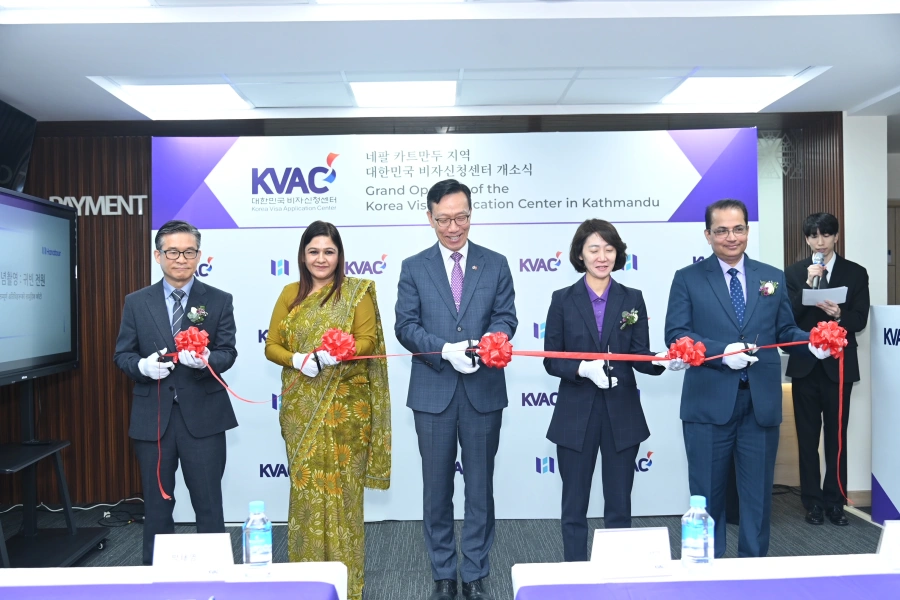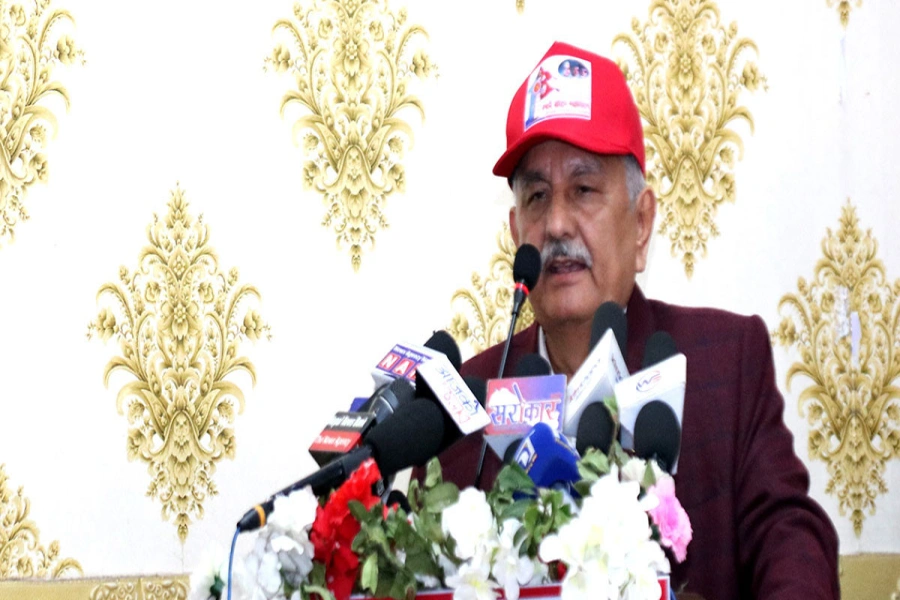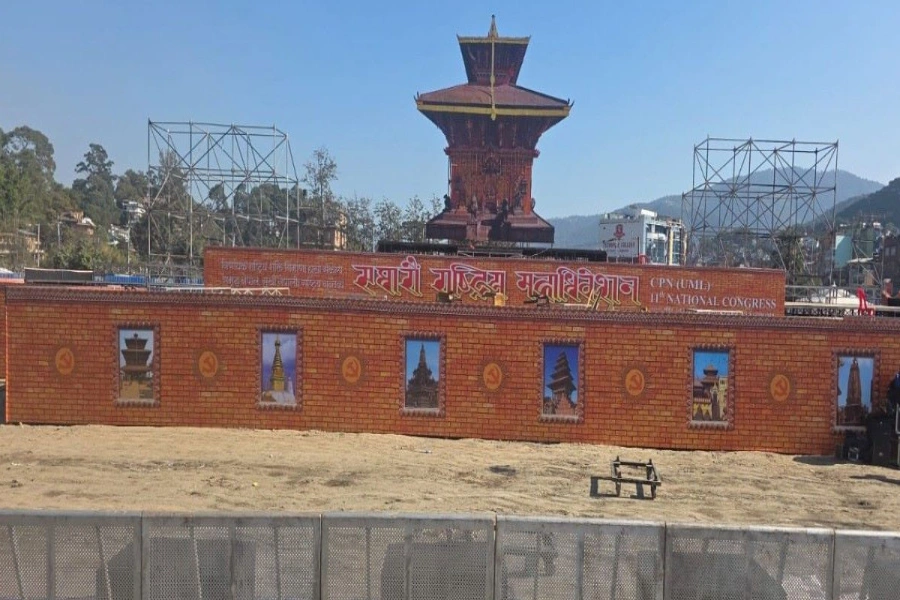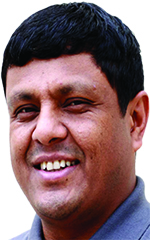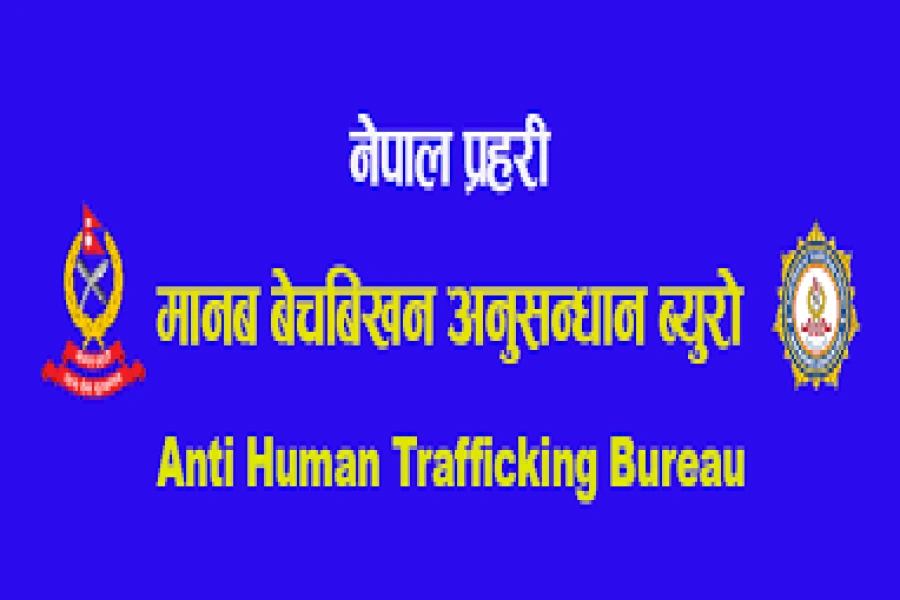Building larger and stronger middle class key challenge for country
KATHMANDU, June 30: Some 90 percent of Nepalis are either suffering from a sense of insecurity, or struggling.Though the middle class in Nepal has grown over three times -- from 7 percent to 22 percent -- in the 15 years between 1995 and 2010, it is still most vulnerable as they are mostly either suffering from a sense of insecurity or struggling, reads a World Bank study report titled 'Moving Up the Ladder', released in Kathmandu, Wednesday.
"This group constitutes households with consumption levels high enough for their probability of falling into poverty to be miniscule," said Sailesh Tiwari, senior economist at the World Bank and lead author of the report. But data on perceptions about current living standards as well as the outlook for the future collected by various Gallup surveys suggests that 90 percent of Nepalis are actually either suffering or struggling, he added.
According to Gallup definitions, suffering households have wellbeing that is at high risk and are more likely to be poor and deprived along other dimensions of welfare such as access to food, shelter and health.
Swadharma: A sense of natural harmony and clarity

They are also likely to be under mental stress. Likewise, struggling households are characterized by wellbeing that is moderate or inconsistent. Even though they may not be directly deprived at any given point in time, they may expect to struggle to maintain that level in future.
"This implies that at least half of Nepal's nascent middle class is actually insecure about its future and thus probably constitutes what some have called the vulnerable middle class," Tiwari said.
The report also said the key challenge for Nepal in future is replicating the success in reducing poverty into building a larger and stronger middle class.
"This will require fostering an environment for the creation of more and better jobs within Nepal," the author suggested, adding that research undertaken for the report suggests Nepalis associate belonging to the middle class with being engaged in relatively secure professions such as government jobs, teaching, medicine and engineering and other forms of salaried employment."But most of the job creation within Nepal in the last two decades has been in low skilled sectors such as construction and these jobs are mostly of casual nature."
Likewise, the report has also suggested three main policy directions: equalize opportunities; reduce vulnerabilities and boost productivity; and create more and better jobs.
Tiwari suggested that ensuring all Nepali children -- irrespective of the circumstances they are born into and circumstances they have no control over -- have an equal shot at life chances is not just fair and equitable but also good for productivity and growth, apart from building the capacity to cope with natural disasters like earthquakes, and finding an alternative to the remittances, which are not sustainable. The outflow of migrants has already started slowing down, it is pointed out.
Nepal urgently needs to create more and better jobs within Nepal to sustain the momentum of living standards improvement and to replicate the success in reducing poverty into commensurate success in building a larger middle class, Tiwari noted.
Though a quarter of Nepalis still live in absolute poverty, poverty in Nepal has decreased by a steady rate averaging 2.2 percentage points annually in the last two decades due to off-farm diversification at home and remittances from abroad, the report reads. Labor income accounted for 52 percent while remittances accounted for 27 percent of the poverty reduction observed nationally between 1995 and 2010.
The report also noted that inter-generational social mobility has increased but with variations across social groups. "There are also important differences in the mobility experiences by the various caste/ethnicity groups that are consistent with the patterns of historical structural inequalities among social groups in Nepal," it reads.
There is a high degree of vulnerability among households and for every two Nepalis that escape poverty, one falls back below the poverty line, it is pointed out. "On average, 45 percent of Nepalis who are not directly poor are vulnerable to falling into poverty."






